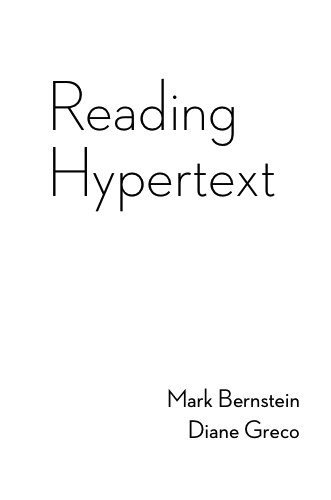Tone Matrix
Stacey Mason

Andrè Michelle’s ToneMatrix is a fun little interactive, musical grid . Though not as visually stunning as some of Brian Eno’s work , ToneMatrix invites a different sense of fun and creativity, perhaps brought on by the constraints of the grid.
Clicking on a square adds a tone to a repeating rhythm. The more squares you click, the more complicated the beats become. At first I clicked randomly, then I clicked wildly, then I endeavored to draw interesting things. After drawing a couple of simple shapes and then a panda, I decided that I preferred the sound of non-symmetrical pictures and took great delight in defacing the poor
Michelle has an interesting portfolio of other work, some of which is available for download in the Apple store.
